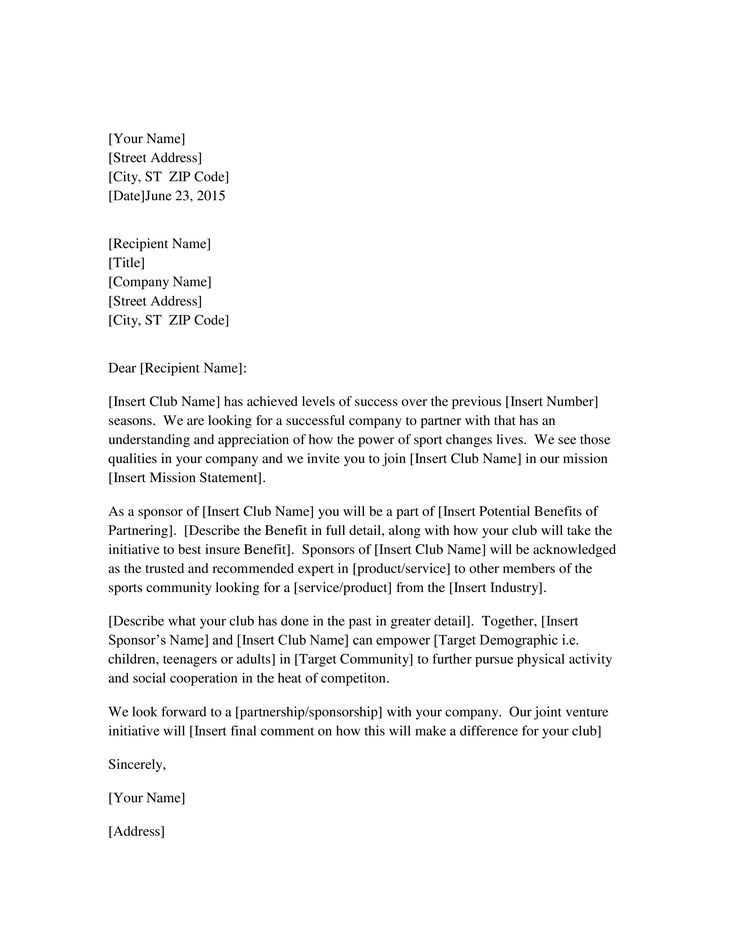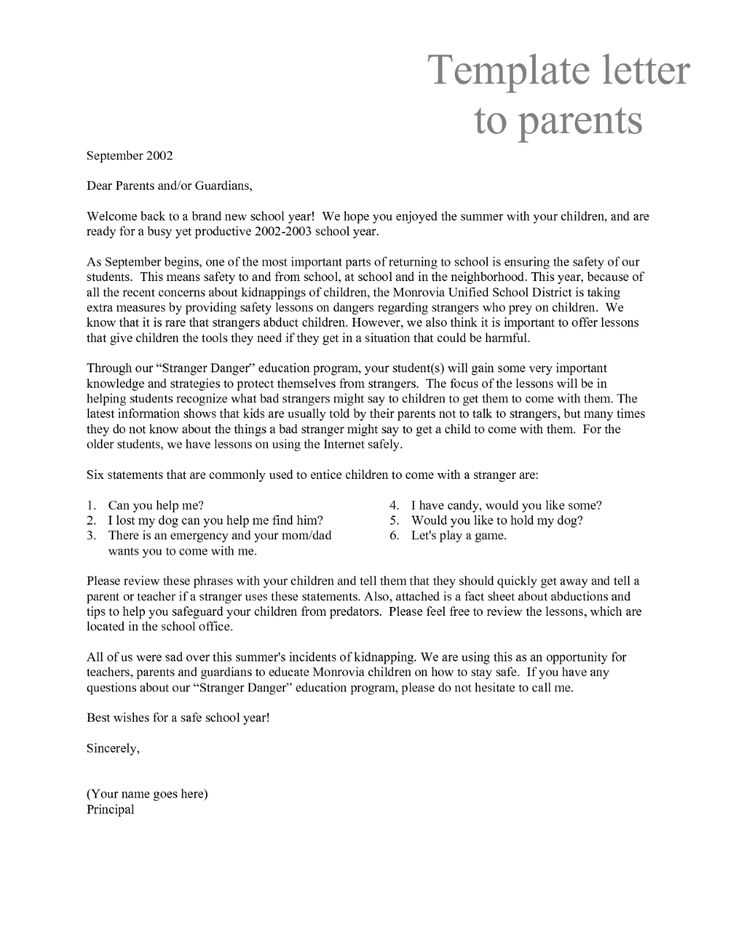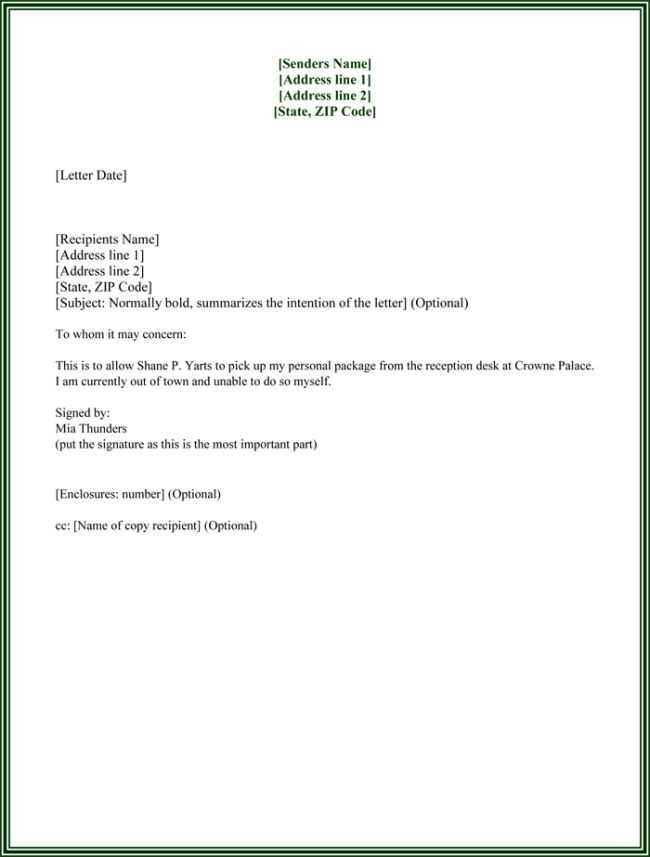OSHA Letter Template for Workplace Safety Compliance

When it comes to ensuring a safe working environment, communication with relevant authorities is a crucial part of the process. In many cases, employees, employers, or safety officers may need to report safety concerns, hazards, or compliance issues to the proper governing body. Understanding how to craft an effective message can significantly influence the outcome of such communications.
In this guide, we will explore the essential components of writing a formal communication that addresses workplace safety concerns. Whether you’re reporting an issue or seeking guidance on specific regulations, knowing the right structure and approach is key to ensuring your message is clear and impactful.
Clear, concise, and well-organized messages play a critical role in drawing attention to serious issues and helping to resolve them promptly. This guide will provide step-by-step instructions to help you prepare the right kind of communication, tailored to meet official requirements and achieve the desired outcome.
Understanding OSHA Reporting Requirements
When addressing safety concerns in the workplace, it is essential to follow specific guidelines set by regulatory bodies. These regulations are designed to ensure that potential hazards are reported promptly and properly, enabling authorities to take appropriate action. Understanding the proper procedure for communicating such issues is fundamental for both employers and employees who want to ensure safety standards are upheld.
Key Elements for Reporting
Each regulatory framework has specific criteria for what constitutes a reportable safety incident. These elements often include clear descriptions of the issue, potential risks involved, and any previous actions taken to mitigate the problem. Below is a table summarizing some common requirements for reporting safety concerns:
| Criteria | Description |
|---|---|
| Hazard Identification | A detailed explanation of the unsafe condition or practice. |
| Risk Assessment | An analysis of the potential danger or injury posed by the situation. |
| Action Taken | Any corrective measures that have been implemented to address the concern. |
| Suggested Solutions | Recommendations for resolving the issue and improving safety standards. |
Timeliness and Accuracy

It is also important to submit reports within the prescribed time frame. Delays or incomplete information can hinder the effectiveness of corrective actions. By providing accurate and thorough details, the process becomes more efficient, and the likelihood of a timely response increases.
Why You Should Write to OSHA
Reporting safety concerns to the appropriate regulatory authorities is essential for maintaining a secure working environment. By formally notifying the proper governing bodies about potential hazards, you help ensure that workplace standards are being upheld and any issues are addressed promptly. This process not only helps to mitigate risks but also promotes a culture of safety and compliance within the workplace.
Taking action by communicating concerns can result in necessary investigations, improvements, or corrective measures that protect the health and well-being of all individuals on-site. Whether you are an employee, employer, or safety officer, reporting is a proactive step toward fostering a safer environment and demonstrating accountability.
Furthermore, submitting such reports can protect you legally. In many cases, raising concerns about unsafe conditions in a formal and documented manner can prevent retaliation and ensure that proper steps are taken to rectify any issues. This documentation can serve as evidence if any disputes arise regarding safety practices or regulatory compliance.
Essential Elements of an OSHA Letter

To effectively report safety concerns, it is crucial to include specific information that clearly communicates the nature of the issue and its potential impact. A well-structured communication should contain key elements to ensure that the concerned authorities can assess the situation and take appropriate action. These components help provide clarity, minimize confusion, and expedite the resolution process.
Critical Information to Include
The most important details in any safety-related report include a precise description of the hazard, the location where the issue was observed, and the potential risks it poses. Additionally, mentioning any steps already taken to address the situation demonstrates your proactive approach. Including contact information and requesting follow-up ensures that authorities can reach you for further details if needed.
Clear and Concise Communication
Clarity is vital when presenting concerns. Avoid unnecessary jargon and focus on delivering your message in a direct and understandable manner. The more straightforward and detailed the communication, the more likely it is that authorities will act swiftly and effectively. A concise yet thorough explanation can lead to a faster resolution of the issue at hand.
Steps for Drafting a Compliance Letter

When preparing to report a safety issue, following a systematic approach ensures that all necessary details are included and presented clearly. Drafting an effective communication requires more than just outlining the problem–it involves presenting the information in a structured way that encourages a timely and effective response. Below are the key steps to follow when creating a report intended for regulatory authorities.
1. Gather Relevant Information
Before drafting the communication, collect all necessary details about the safety concern. This ensures that the report is thorough and accurate. Key points to consider include:
- Description of the unsafe condition or violation
- Location of the hazard
- Potential risks associated with the situation
- Actions taken so far to address the issue
- Any relevant documentation or evidence
2. Structure the Communication
A well-organized report is easier for authorities to review and act upon. The following structure is recommended:
- Introduction: Briefly explain the purpose of the communication.
- Details of the Incident: Provide a clear description of the issue, including its location and potential risks.
- Actions Taken: Mention any corrective measures already attempted or implemented.
- Request for Action: State what kind of response or action is being requested from the regulatory body.
- Conclusion: Offer contact information for follow-up and any additional supporting documentation.
By following these steps, you can create a clear, concise, and effective communication that will help ensure timely action is taken to address the safety concern.
Common Mistakes to Avoid When Writing
When drafting a formal communication to address safety concerns, it is essential to avoid certain errors that can hinder the effectiveness of the message. A well-constructed report should be clear, accurate, and purposeful, but small mistakes can delay resolution or reduce the impact of your concerns. Recognizing and avoiding these pitfalls can significantly improve the chances of a timely and appropriate response.
1. Lack of Clarity and Detail
One of the most common mistakes is failing to provide sufficient details about the issue. Vague descriptions or incomplete information make it harder for authorities to assess the situation. A well-rounded communication should include:
- Specific description of the hazard
- Location and timeframe of the incident
- Any immediate risks or consequences
2. Ignoring Proper Structure
Without a logical flow, your message may seem disorganized, and important points can be overlooked. It’s vital to structure your communication in a way that makes it easy to read and understand. Using a clear introduction, detailed body, and concise conclusion can significantly improve its effectiveness.
How to Ensure Your Letter is Effective
To make sure your communication regarding safety concerns achieves its intended purpose, it is essential to follow specific practices that increase its effectiveness. A carefully crafted message can prompt immediate action and ensure that the issue is taken seriously. By focusing on clarity, structure, and the right tone, you can significantly improve the impact of your communication.
1. Be Clear and Concise
One of the most critical aspects of effective communication is ensuring that your message is straightforward and easy to understand. Avoid unnecessary jargon or overly complex language. A clear and concise description of the issue helps prevent misunderstandings and ensures that the concern is properly addressed. Focus on the key facts and avoid including irrelevant details.
2. Provide Supporting Evidence
When possible, include relevant documentation or evidence that can back up your claims. This may include photographs, reports, or records that clearly show the issue or its potential impact. Evidence-based communication strengthens your message and encourages authorities to act swiftly, as it provides concrete support for your concerns.